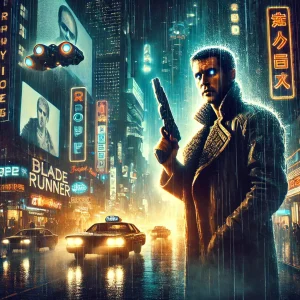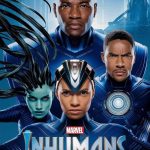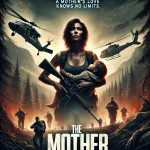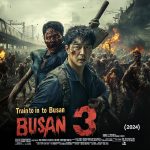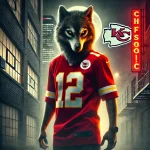Blade Runner (1982)
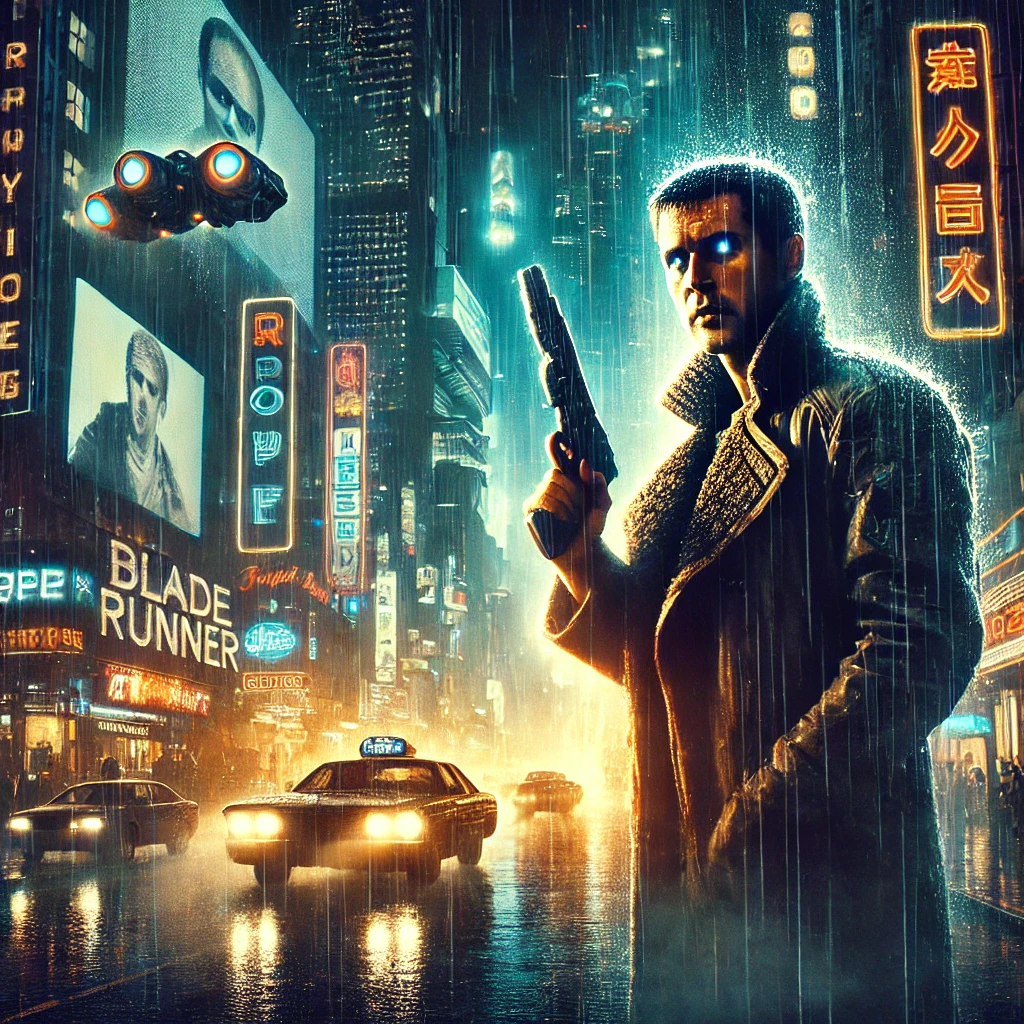
“Blade Runner: A Prophecy or a Warning About the Future?”
In 1982, Blade Runner emerged as a hazy vision of the future, transporting audiences to Los Angeles in 2019—a city where rain never stops, skyscrapers glow with colossal advertisements, and the line between humans and machines becomes increasingly blurred.
But have you ever paused to wonder: Why does this film still captivate us over 40 years later?
A Future Not Far Off
When Ridley Scott created the world of Blade Runner, he didn’t just craft a sci-fi story; he painted a chilling “forecast.” Flying cars, overcrowded cities, and especially replicants—artificial beings capable of love, pain, and even existential questions—no longer feel like distant fantasies.
Just look around: ChatGPT, humanoid robots, AI-generated art… Are we inching closer to the world of Blade Runner?
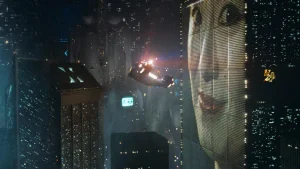
Humanity Amid the Tech Storm
Perhaps the most profound question the film poses is: “What does it mean to be human?” Roy Batty—the so-called villain—breaks our hearts in the iconic “Tears in Rain” scene. Though not human, his despair and yearning for life are profoundly… human.
“All those moments will be lost in time, like tears in rain.”
That moment is not just Roy’s farewell but also a reminder that in a world increasingly dominated by technology, we must cherish every moment, every memory, and every emotion.
What Do You Think About Blade Runner?
- Do you feel the world depicted in the film mirrors today’s reality?
- Which scene left the strongest impression on you?
- And do you think we are slowly becoming characters in this very story?
Share your thoughts below! Let’s revisit this masterpiece and discuss the future it “predicts.”
